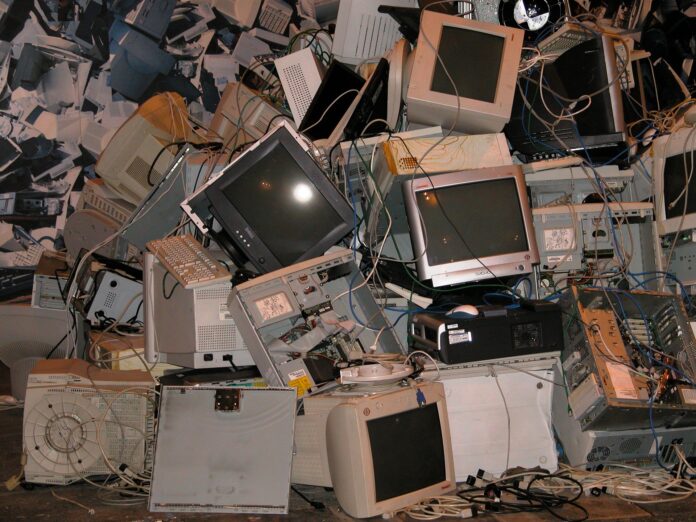Once upon a time there was the slave, emblem of that historic phenomenon of conquest of foreign territories carried out by the European powers since the 15th century. We all know it as ‘colonialism’. From an initial trade dominance of the countries subjected, colonialism has manifested itself in the following centuries as an exploitation of labour offered by indigenous peoples and, especially since the 19th century, also as an indiscriminate use of the natural resources of the colonized countries.
Intended as a phenomenon of exploitation in a broad sense of poorer places and people, colonialism has not ended: it has only taken on new forms. One of these is related to Global Waste Trade and ‘waste trafficking’: illegal export of toxic waste to developing countries. With the advent of the new millennium, the waste production in Europe and throughout the West has in fact skyrocketed. How is this huge and unmanageable amount of waste disposed of?In many cases it is loaded onto containers and shipped to Africa and Southeast Asia, where the lack of rigour or, even worse, the absence of environmental regulations makes it easy to dispose of.
Starting in 2018, Malaysia and India have become among the main destinations of waste tyres from the West, United Kingdom in particular. The village of Nabipur, in Northern India, is now a huge landfill of used tyres that are often burned to produce low-quality fuel. Not to mention electronic landfills that are invading large areas of Africa, Agbogbloshie, a suburd of Accra, capital of Ghana, has become one of the world’s leading hub for the disposal of Waste of electric and electronic equipment (e-waste). In turn, these are burned to extract components and raw materials to be sent back to industrial plants in developed countries. Activities such as these have a huge environmental impact: they release a large amount of toxic chemicals, which pollute the air and soil, enter the food chain and have disastrous effects on the health of local populations.
For the most industrialised countries, exporting toxic waste to poorer places without environmental regulations is very advantageous than recycling internally, and allowing them to protect their own population from the disturbing sight of the wastes and the potential diseases. But, how is it possible that this huge international trade is not regulated? In theory, there is a ban in the European Union on the export of hazardous waste, such as e-waste, to countries that are nor OECD members; that is, where there are no adequate safety and environmental laws in place. However, the lack of adequate traffic control and the need to deal with a now unmanageable waste emergency favours the constant violation of these rules and the flourishing of a global waste trade.
Each country should be able to dispose of waste internally that its own population produces, according to the criteria of self-sufficiency and proximity which fall within the ambitious goals of the European Union regarding waste. But, above all, the West should come to terms with the obvious contradictions of the consumerist-capitalist model of which environmental colonialism and global waste trade are horrible by-products.








